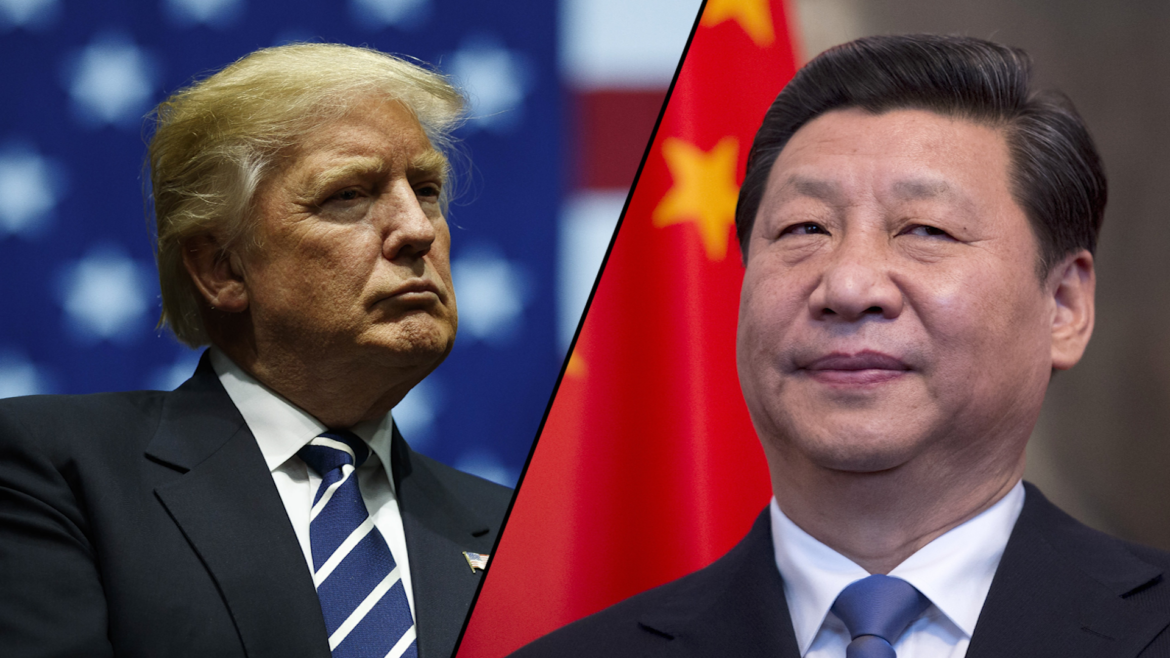The Trump administration’s recent tariff hikes didn’t come as a surprise as he had stated during his presidential campaigns that he would increase tariffs on imported goods while reducing the taxes paid by Americans if he was elected into office. His actions during his first term in office, when he singled out China for a trade war, also left no one in doubt that he was serious about implementing tariff hikes on imported goods as he promised.
In fairness to Donald Trump, at an average of 2.3%, the United States had one of the lowest tariff rates globally and considering the fact they are the world’s biggest market and where recording trade deficits with most of their trading partners, it becomes evident that the United States was receiving the short end of the stick in it’s trading transactions with the rest of the world. This may perhaps explain why Donald Trump decided to extend his tariff hikes to the rest of the world rather than just singling out China as he did during his first term in office.
The trade war between the United States and China dates back to January 2018 when the first trump administration imposed tariff hikes on Chinese goods, which solicited a reciprocal response from China. The conflict has its roots in the United States’ longstanding trade deficit with China, which Trump administration officials attributed to China’s unfair trade practices and intellectual property theft. This is apart from the threat of China leapfrogging the United States as the world’s biggest economy with the attendant global influence that comes with the status, which the United States is not ready to let go of.
While the US still remains the world’s biggest economy in terms of nominal GDP, China has been able to overtake it in terms of GDP based on Purchasing Power Parity and is fast closing in on the US in terms of their nominal GDP.
The US’s strength lies in its strong and innovative economy, driven by its technological advancements, entrepreneurial spirit, and highly developed infrastructure. The US also has a large and growing service sector, which contributes significantly to its GDP. Ironically, the service sector is growing faster than the manufacturing sector globally, even though it is the manufacturing sector that is fuelling China’s economic growth and making it a perceived threat to the US. The significant global influence enjoyed, with the US dollar being the preferred currency for international trade and serving as a widely accepted reserve currency, is also a major source of strength for the US.
China, on the other hand, has developed to become the world’s biggest manufacturing hub with a vast and efficient supply chain network. China also has a large domestic market, which provides a significant source of revenue for its companies, even though it still relies heavily on the export market. China also has the highest concentration of highly skilled workforce who are relatively low wage earners, which gives them a cost advantage compared to other countries around the world.
While both countries’ economies are very big and resilient, China imported only $143 billion worth of goods from the US in 2024, which amounted to 8.1% of the US exports. On the contrary, the US imported $501 billion worth of goods from China, which amounted to 15% of Chinese exports in 2023.
Apart from the glaring trade deficit revealed above, we can also deduce that China is a more trade-dependent economy than the US, that is, more focused on services than manufactured goods. This suggests that China will be more hurt if they engage in a trade war with the US but rather than soft pedalling and going to the negotiation table as requested by the US of all its trading partners, the Chinese government has decided to call Trump’s bluff with corresponding tariff hikes of US goods coming into China. The question now remains ‘who blinks first’ as it is now evident that the tariff rates between both countries, which now range between 125% and 145%, are neither realistic nor sustainable.
While keen observers view the tariff hikes as a negotiating tool being used by Trump, who fancies himself as a seasoned negotiator to arm-twist their trading partners into conceding better terms of trade to the US, it would also help grow the US economy by encouraging the production of more goods in the US.
However, the trade war’s outcome remains uncertain, but several possible scenarios could play out, such as the trade war escalating further, with both countries imposing more tariffs and restrictions, potentially leading to a decline in global trade and economic growth. On the other hand, the two countries may eventually agree to sit at the negotiating table and negotiate more equitable trading terms between themselves(which seems to be Donald Trump’s motive), reduce tensions, and increase trade cooperation.
While most of the US’s trading partners have agreed to go to the negotiating table to negotiate new terms of trade with the US which has earned them a ninety day reprieve on tariff hikes, China which is the biggest target of the tariff hikes has remained adamant and even responded with higher tariff hikes for US goods. While it’s evident that the trade war is not sustainable and would hurt both countries, it remains to be seen ‘who blinks first’ in this battle of wits between both countries.
Oshobi, a development economist and author, writes from Lagos, Nigeria.

